

The Cayin CS-805A is a tube amplifier that uses an 805 as the output tube. As you might expect, it has excellent dynamics, but the sound is also very special compared to other 805 amps.
No matter how long they have been doing their job, HiFi testers are not immune to doubts about their results and recommendations. The author of this story, for example, regularly starts to ponder whether his enthusiasm for single-ended triode amplifiers is not a nonsensical, expensive technical mistake: You can certainly enjoy music with a well-made transistor amp or even a modern, Power-saving switching amplifier. Of course, it works. Do we want to continue to hype our readers up for heavy retro electronics full of heat and high voltage, with limited compatibility, ridiculous power output, and high levels of distortion? Anyway, after a few weeks with the Cayin CS-805A, my answer is: Yes, we do. And then,
Or better: had to take over. Because when you switch from a single-ended triode to any other amp, the tonal result never really sounds like it was voluntary or even enthusiastic. After all, after the very puristic low-power triodes, such as the 300B with its eight watts or the 2A3 with two and a half watts, there is at least a certain relief in being able to turn up deep bass-intensive music again and not so precisely on the efficiency and impedance of the connected loudspeakers to pay attention to. A brief feeling of freedom that becomes stale more or less quickly.


A Deep Dive into Cayin CS-805A Features
I recently tested the Cayin CS-300A, which has a single-digit performance from a 300B per side. With normally efficient speakers, even at normal hi-fi volumes, you get into an area where the bass seems to hit a wall and disappear. Everything else sounds so complete and harmonious that you can’t enjoy the bass punch that a transistor amp would generate.
The Cayin CS-805A is named after its power tube, the 805A. You wouldn’t call a transistor amp “2SA1216” just because it uses that type of transistor. There are too many different transistors, and most amps use complementary push-pull transistor pairs. So, the power amp assembly would only be half described, and the amp would need to be called “2SA1216 / 2SC2922.”
Also Read: Cayin CS-55A Integrated Amplifier Review
The Cayin CS-805A is incomparably handier – and more meaningful: the 805, along with the 845 and the 211, belongs to the directly heated transmission triodes, and was originally used in the 1930s without the “A”, not as a low-frequency amplifier, but for the HF section designed in short or medium wave transmitters. Unlike the Ur-805, which was widely used as a transmitter tube, the 805A used here does not need an anode cap – the high voltage is not supplied from above but via one of the socket pins, which is less critical for safety reasons.
It owes its second career as an audiophile power tube to good availability, but also to its impressive performance data: up to 1500 volts of anode voltage lets electrons fly out of a glowing tungsten cathode filament, which thanks to the thorium coating shines brightly. The opposite pole is a massive graphite anode, which can easily radiate 125 watts of permanent power loss in the form of heat.
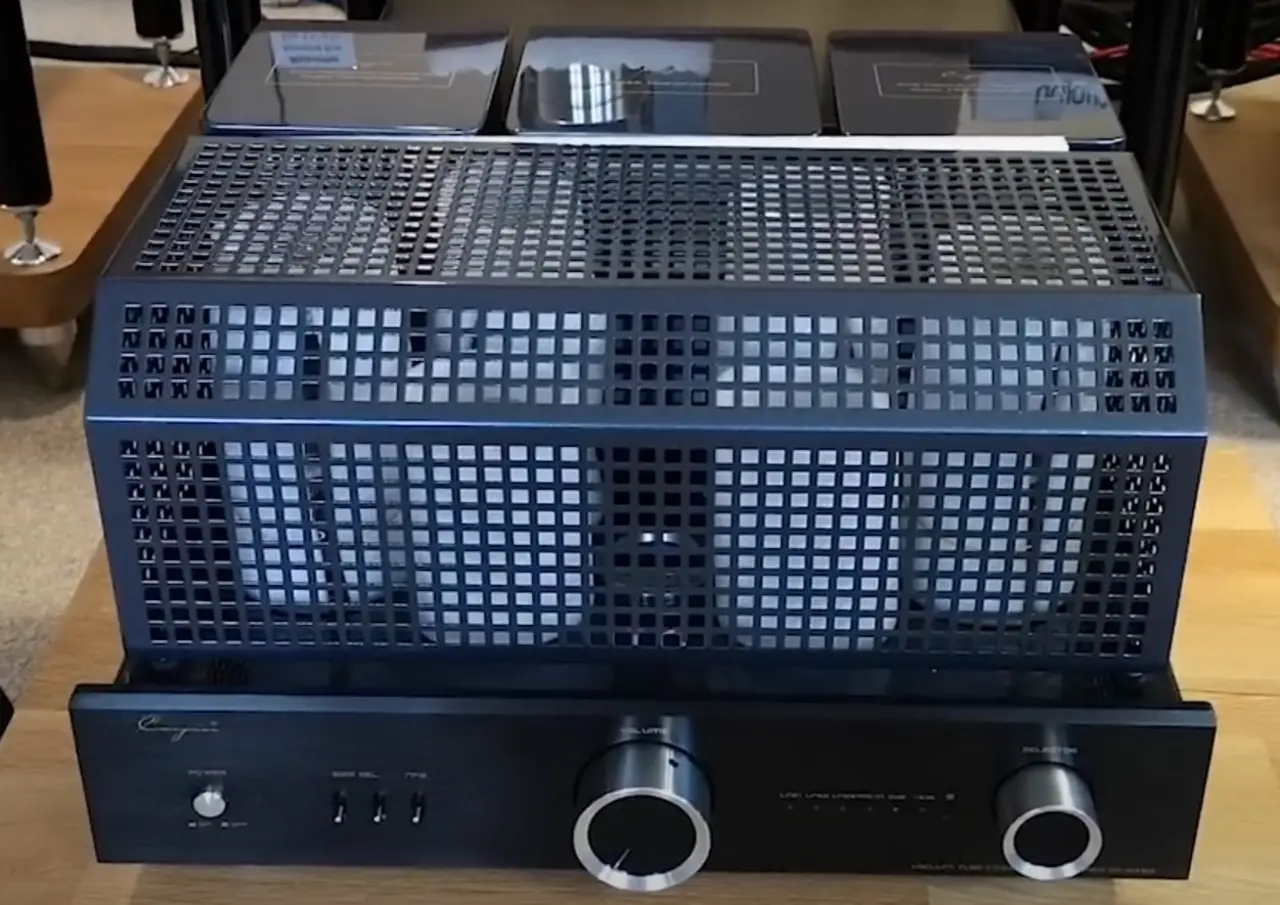

Such an 805 is an impressive, almost frightening component that does not simply glow discreetly after it is switched on, but immediately floods its immediate surroundings with light and heat. Record listeners who are switching from another amplifier to the Cayin CS-805A should take this into account: the safety distances, for example to vinyl discs placed next to them, must be larger here. Much larger.
And even the cool beer doesn’t stay cool for long next to the amp. The Cayin draws 450 watts from the mains during operation. And since, as a single-ended amplifier, it is always under full quiescent current, this value is not dependent on power or volume but is just as constant as the weight of 38 kilos. In return, the amplifier delivers plenty of power: Cayin states 50 watts per channel, which is unbelievably high by triode standards and from a single tube. As is typical for tubes, this performance is also hardly dependent on the loudspeaker impedance, because the output transformers have separate connections for four and eight-ohm loads. As always, you have to try which one sounds better.
You May Like: Cayin MT-12N Review
The performance in the 805A is created with an absolute minimum of components, which are of the finest quality. On the input side, the signal path initially leads via relays, which switch through the desired of the three line inputs to the volume control. Then there are exactly three tubes in each stereo channel: A double triode of the classic 6SN7 type for preamp and voltage amplification, followed by a 300B, which serves as the driver for the 805. That’s right: the sublime 300B, mother of all modern triode high-ends, doesn’t play as a goalscorer here, but as a congenial passer. It looks almost cute next to the towering 805 – although Cayin has sunk the solid porcelain bayonet base of the output tubes a little in the upper deck.
The tubes come from China – 805 and 300B are built by the noble manufacturer Psvane and provided with Cayin lettering. In my experience, the quality of the original Cayin tubes is excellent: there hasn’t been a single failure in dozens of amplifiers tested so far. That could also be luck, but it is confirmed by the two-year guarantee, which expressly includes the tubes, which are usually excluded as wearing parts.


In terms of sound, the output transformers, which Cayin naturally develops, wraps, and finally casts in a mixture of synthetic resin and quartz sand, are even more decisive than the tubes (provided they meet their data sheet specifications and are not defective). Building a transformer in such a way that it transforms high power completely linearly at frequencies from almost direct current to the ultrasonic range is an art that requires a lot of experience and expensive material.
It becomes doubly difficult if the transformer is intended for a single-ended amplifier because it is then constantly loaded with the anode direct current on the primary side. Cayin did not make the two mighty transformer blocks so large out of extravagance, but out of sheer necessity.
The mains transformer is located between the output transformers – again cast in a cuboid shape, but unlike the transformers it is constructed as a toroidal transformer. Other, smaller copper windings are found as filter chokes in the power supply, assisted by whole crowds of high-voltage electrolytic capacitors and elegant film capacitors. When looking into the device, the power supply dominates, while the actual signal path consists of only a few, artfully freely wired components.
The extremely straight circuit means that the quiescent currents of the end tubes have to be checked from time to time and adjusted manually. Cayin has installed a moving-coil instrument that can be activated with two toggle switches next to the 805s. In this way, owners can check in a matter of seconds whether the working points of the triodes are still correct.
If correction is needed, the quiescent currents can be adjusted in a few additional seconds thanks to easily accessible trimming potentiometers. Two other trimmers are labeled “Hum Bal.” With a small—usually only hair-thin—correction to the hum balancer, symmetry and thus silent operation are immediately restored, even with high-efficiency loudspeakers.


Practice CS-805A
In the listening room, we were able to work with Tannoy Eaton without any problems – which alone speaks for the quality of the CS-805A. Because the Eaton has a decent, but not super high degree of efficiency (87dB/Wm) and as a two-way bass reflex box it also doesn’t have an exaggeratedly flat impedance curve. Depending on the output resistance of the amplifier, this causes small to significant deviations in the frequency response: A typical transistor amp with strong negative feedback remains completely unaffected, switching amplifiers and tubes can react to the impedance minima with falling voltage and consequently a decreasing level.
In this way, an image of the impedance curve overlays the measured amplitude curve of the box as an additional influence on the frequency response. Depending on the design, this can be the case to varying degrees: The output impedance of the output tubes themselves plays a role, their number and mode of operation, the design and quality of the output transformer, and the degree of overall negative feedback.
In my tests so far, single-ended amps have done no worse than push-pull tube amps in this regard, despite their particularly puristic design. And yet there are also clear differences within this group, with the Thivan Labs Lion 805A as a particularly sensitive amplifier that is correspondingly selective in terms of speakers. The Cayin CS-805A takes the opposite position: it’s the most universal, uncritical single-ended triode amp I’ve come across. At least if you disregard Mad Max machinery like the NAT Magma Monos, where we are dealing with 170 single-ended watts – but also with a corresponding price and gigantic heat development.
The Cayin demonstrated its versatility with a rather low-impedance floorstanding speaker from Sonoro, an inexpensive compact speaker from Mission, a broadband speaker from Heco, and the high-impedance Harbeth Super HL5 Plus XD, which is not very efficient. Very different loudspeakers, all of which initially sounded exactly like themselves on the CS-805A, i.e. without the characteristic exaggerations in the presence and brilliance range, and without the lack of flesh in the fundamental tone – all symptoms that betray borderline amp-box pairings.
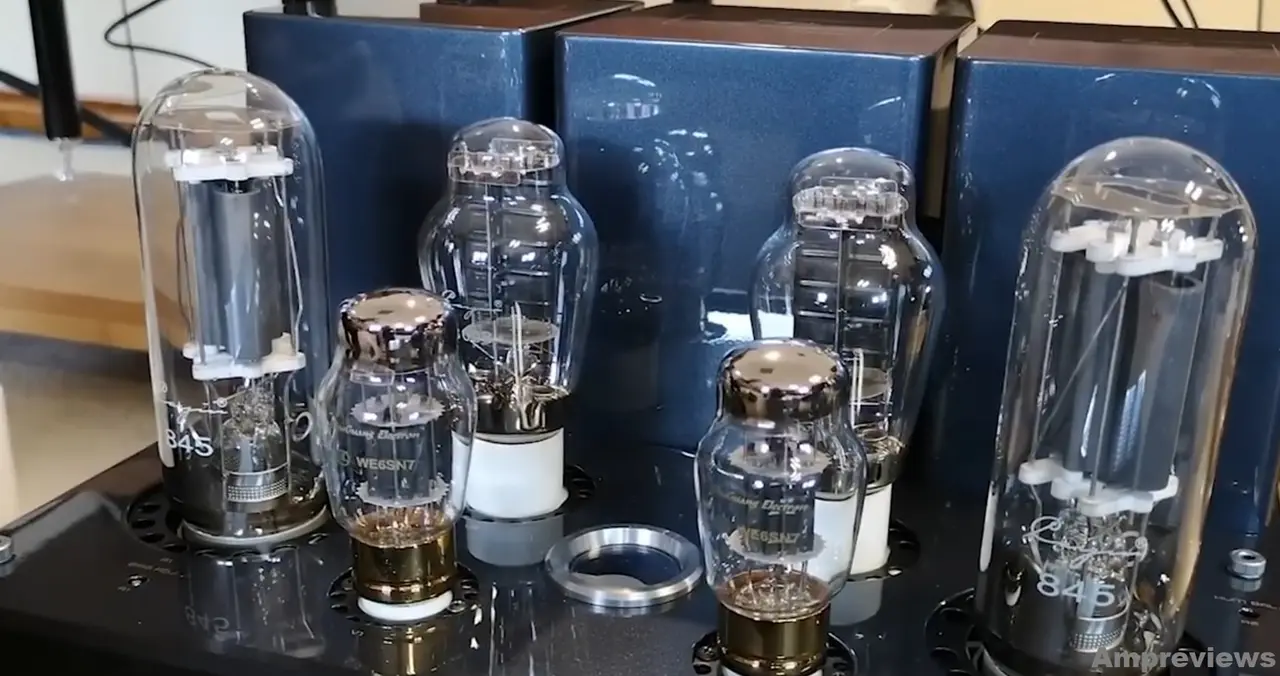

Hearing test
On the mainly used tannoy, the Cayin initially impressed with the basic characteristics of almost all 805 amps: It unfolded whipping, physically noticeable, stirring dynamics. This doesn’t just apply to demonstration hissing-boom productions, but also, quite unexpectedly, to the snooty, reverberant shoegaze romance of Beach House, which seems borderline compressed over most systems. “All Your Yeahs” from the 2015 album “Thank Your Lucky Stars”, for example, expanded much more dramatically into the listening room than with a comparably expensive push-pull tube of American provenance. That amp recommended itself with a wonderfully sonorous and stable tone,
The bottom line is that there was just more drama and intensity with the Cayin. That was also true of Kae Tempest’s latest work, “The Line Is A Curve” – only more extreme: Tempest’s spoken-word poetry has very different intensities depending on the system. But the voice hardly ever comes as close as with the Cayin: This is full, frontal emotion that moves you to tears, even before you know what it’s about. With average hi-fi solid-state amps, Tempest is still easy to hear and understand, but it loses the intensity and urgency that makes the album so intriguing.
Despite all the immediacy and dynamics, the Cayin is characterized by its particularly subtle, charming tonality. In the recordings he not only finds the spectacular impulses, the cracking drum cymbals, and snapping bass strings but also the surprising, because previously imperceptible, nuances in the tone of a voice, in the dying away of a guitar string, or in the percussive character of a piano attack.
His alter ego in the list of tested 805 amps is certainly the Line Magnetic 805iA, whose manufacturer is also related to Cayin in a certain way (the founders of Line Magnetic are long-time Cayin employees). The 805iA seems even more extroverted, faster, and sometimes even more brutal than the Cayin CS-805A, which has its appeal. With the very present produced voices of Dirk von Lowtzow and Soap&Skin on “Ich Tauche auf” (from the current Tocotronic album “Nie wieder Krieg”) I would prefer the Cayin on the already very direct Tannoy. It just sounds softer and creamier here.
But that’s a decision that can only be made taking into account the selected speaker: Overall, the two 805 amps are close together. This also applies to the coarse dynamic capabilities: From an efficiency of 89-90dB, you no longer have to worry about being slowed down prematurely, even with bass-rich electronic music. Especially since the power limit, if it is reached, starts in a very discreet, ear-friendly way with mild compression instead of scaring the party crowd with hard clipping.
What is interesting about the Cayin is the tonal role of the “NFB” button on the remote control. We already know the feature from the Line Magnetic 805iA, where it can only be switched directly on the device. With the Cayin it’s the other way around: you only have access via infrared. on what? On the over-everything negative feedback (English “Negative Feedback” aka NFB), i.e. a return of a small signal component from the output to the input, to increase the stability of the amp and reduce distortion. Both amps are puristic here. Because the two states that can be selected are not “little” and “a lot” or “low” and “high”, but “no negative feedback at all” aka 0dB and “virtually no negative feedback at all” with 3dB. The amp then becomes quieter by the same amount, i.e. 3 decibels, when negative feedback is activated.
So with feedback, it should sound cleaner, more controlled, and more balanced. Also, negative feedback reduces the output resistance of an amplifier, ie mitigates the tonal effects of fluctuating impedance. This may be. But it doesn’t sound quite banal “better” – and not on any of the loudspeakers tested, with any of the records used, with any volume control setting between crawling through the night and rocking out in the evening.
Even if I compensated for the level advantage of the non-feedback mode with the volume control (louder is otherwise always perceived as better in the blind test), I never got further than acknowledging the additional neutrality and then quickly pressing the NFB button again to get rid of it to get rid of the strangely indirect, pale sound as quickly as possible. Perhaps the NFB feature is primarily for pedagogical reasons – or some particularly delicate speakers benefit from it. In any case, you can now guess what ordinary hi-fi amplifiers have to struggle with, which owe their low distortion to much more drastic negative feedback in the double-digit dB range. And, to quote an old colleague and relative, next to SE triodes always sound like they’re broken.
Conclusion Cayin CS-805A
A few minutes after switching you get used to a lot. Also, semiconductor amplifiers, which of course work perfectly in reality. Anyone who can at least theoretically afford a CS-805A (and it’s not even particularly expensive on a high-end scale overall) would be ill-advised not to listen to it with an open mind: it stands like its colleagues from Thivan and Line Magnetic for higher, more intense and more conscious hearing. In this trio, he takes on the role of the particularly elegant, gently seductive musician, who nevertheless always lets the listener feel the irrepressible power of his archaic tubes.
Cayin CS-805A Specifications
Concept: Single-ended tube amplifier with 2 x 50 watts
Tube assembly: 2x6SN7, 2x300B, 2x805A
Inputs: LINE1, LINE2, LINE3, PRE IN
Maximum power consumption: 450 watts
Dimensions (H x W x D); 42.0 x 24.0 x 38.9 cm
Weight: 38.0 kilos
FAQs Cayin CS-805A
Q1: What makes the Cayin CS-805A special?
A1: The Cayin CS-805A features a single-ended Class A design with 805 power tubes, providing a warm, natural, and detailed sound. Its robust construction and premium components ensure high-quality audio performance, making it suitable for audiophiles who appreciate tube amplification.
Q2: How much power does the CS-805A deliver?
A2: The amplifier delivers 50 watts per channel in a single-ended Class A configuration, which is quite powerful for a tube amplifier. This power output is sufficient for driving a wide range of speakers, including those with moderate sensitivity.
Q3: What kind of music is the CS-805A best suited for?
A3: The CS-805A excels with genres that benefit from detailed midrange and smooth highs, such as jazz, classical, acoustic, and vocal music. Its powerful and dynamic sound also performs well with rock, blues, and other genres that require a fuller soundstage.
Q4: Is the CS-805A compatible with all speakers?
A4: While the amplifier can drive a variety of speakers, it performs best with speakers that have moderate to high sensitivity (88dB or higher). It is capable of driving some lower-sensitivity speakers, but the listening experience may vary depending on the room size and music genre.
Q5: Does the Cayin CS-805A require frequent maintenance?
A5: As a tube amplifier, it does require regular maintenance, including replacing tubes every 2,000-3,000 hours and bias adjustments for optimal performance. The manual bias adjustment feature allows users to fine-tune the tubes easily.
Q6: Can the CS-805A be used in a home theater system?
A6: The CS-805A is primarily designed for two-channel stereo listening, focused on high-fidelity music reproduction. While it can be used in conjunction with other equipment in a home theater system, it does not offer surround sound capabilities.
Q7: How does the CS-805A compare to other high-end tube amplifiers?
A7: The CS-805A stands out for its combination of power, craftsmanship, and sound quality. Its use of 805 power tubes provides a distinctive sonic character, offering a lush, immersive sound compared to some other high-end tube amplifiers that may have different tonal characteristics.
Pros And Cons for Cayin CS-805A
Pros
- Exceptional Sound Quality
- High Power Output for a Tube Amplifier
- Premium Build Quality
- Manual Bias Adjustment
- Suitable for Various Music Genres
Cons
- Tube Maintenance Required
- Not Ideal for Low-Sensitivity Speaker
- Limited Features for Home Theater Use
- Manual Biasing Can Be Difficult for Some Users

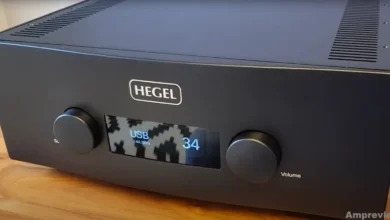
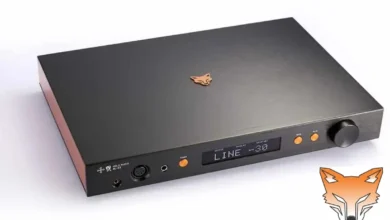
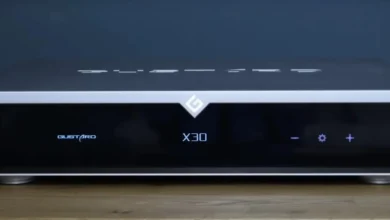
GIPHY App Key not set. Please check settings